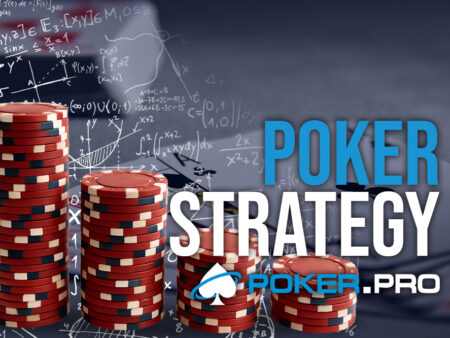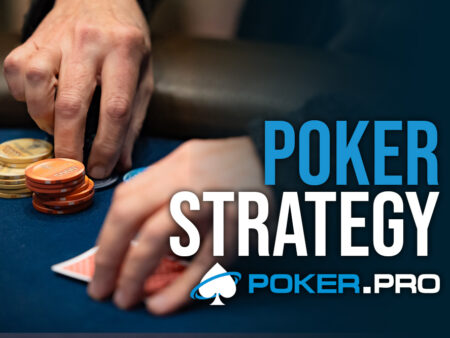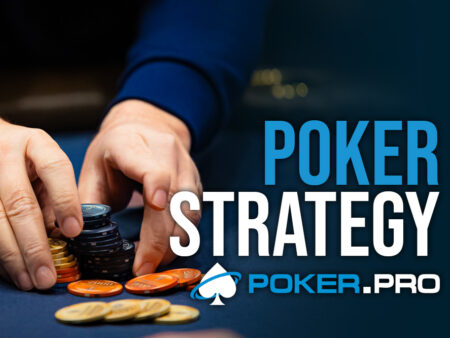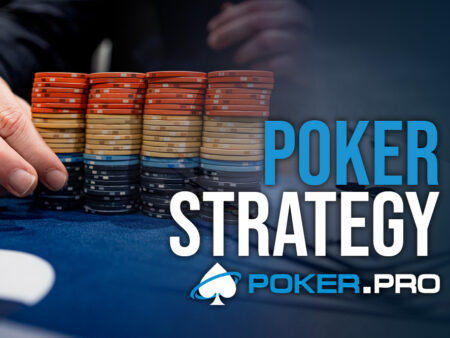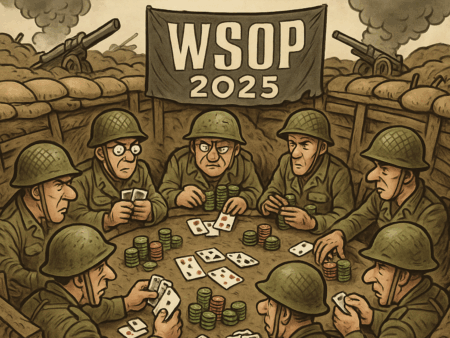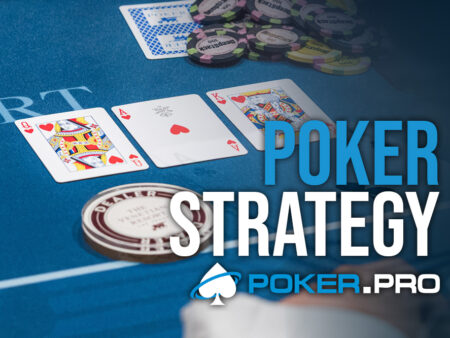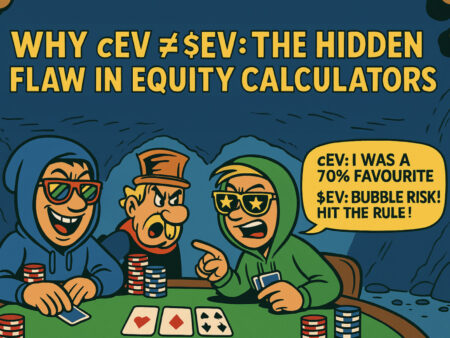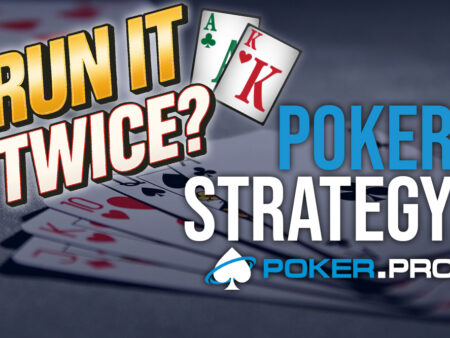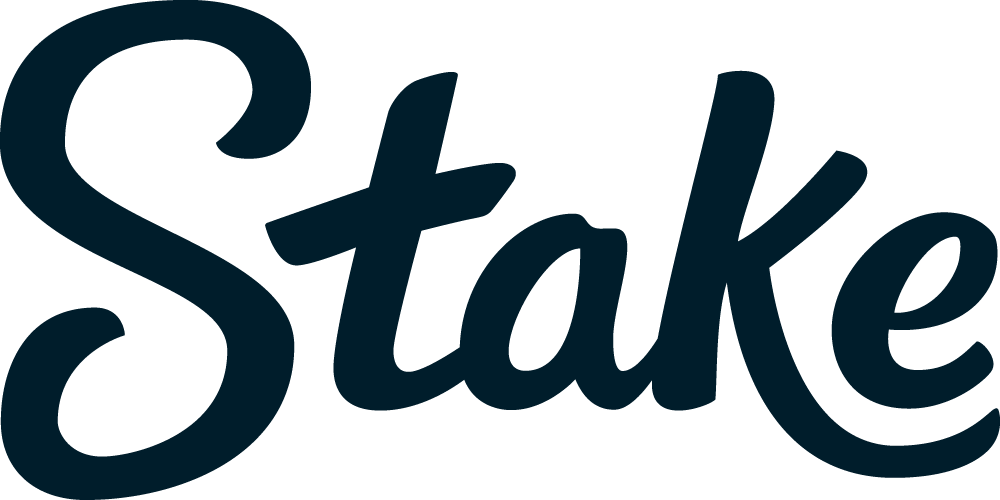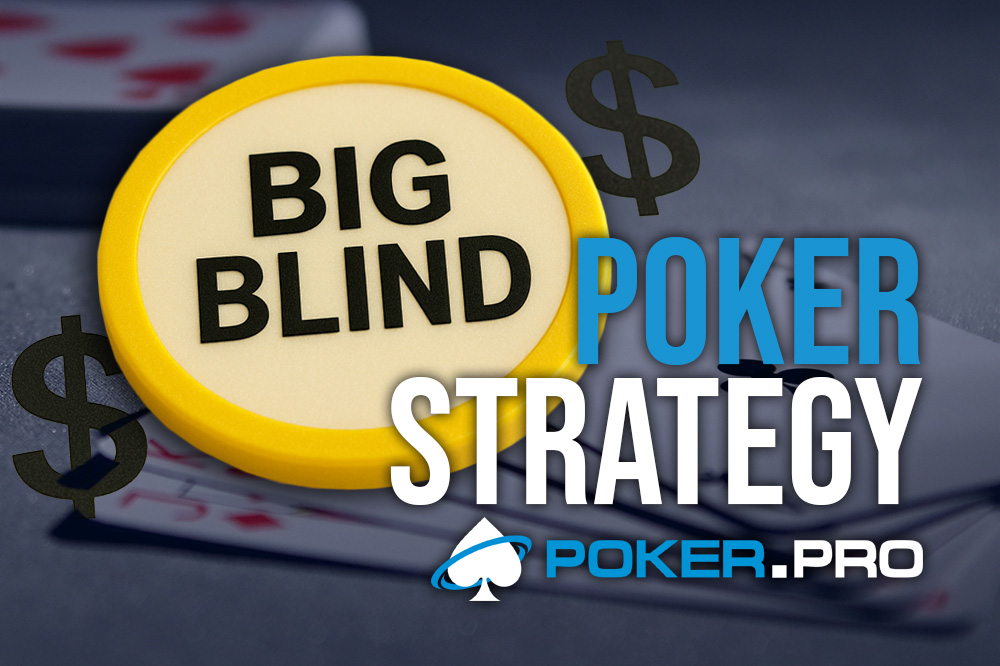
Late-stage tournaments are all about thin edges and clean math. You’re in the big blind, blinds are pricey, and UTG opens to 3x. The CO calls. The BTN calls. With just the opener, you were folding your weak hand; now the pot is huge and you’re closing the action. Should you peel? In many cases, yes – because each additional caller improves your price even though you’re out of position. Below is the clean, table-ready math that shows exactly when the call becomes correct.
The idea in one sentence
When an open-raise picks up callers, the pot grows faster than your marginal cost to continue, so your break-even equity falls with each caller.
Let’s dig into the math of closing the action in the BB
- r = raise size in big blinds (e.g., r=3 for a 3x open),
- m = number of cold-callers after the raiser (CO, BTN, etc.),
- a = big blind ante (0 if none, 1 if BB ante),
- s = 0.5 = posted small blind,
- Your extra cost to call: c = r − 1 (you’ve already posted 1BB).
The pot before your decision is P (m) = a + 1 + s + r (1+m)
(ante + your posted BB + SB + raiser + callers)
If you call, the pot becomes P (m) + c. Your pot odds (break-even) equity is
E*(m) = c / (P(m) + c) = (r -1) / (a + s + (m+2)r)
Because the denominator increases by r with each added caller, E⋆(m) strictly decreases in m. That’s the formal statement of “the price gets better with every caller.”
Here are concrete examples (late stage, BB ante on)
Assume BB ante a=1
3x open (r=3)
- No callers (m=0): Denominator = 1 + 0.5 + (0 +2) * 3= 7.5 thus E* = 2/7.5 ≈ 26.7%
- One caller (m=1): Denominator = 10.5 thus E* = 2/10.5 ≈ 19%
- Two callers (m=2) Denominator = 13.5 thus E* = 2/13.5 ≈ 14.8%
- If the SB also completes (add r – s = 2.5 before you act): For after your call is 16BB so E* = 2/16 = 12.5%.
2x open (r=2.5)
- m = 0: E* = 1.5/6.5 ≈ 23.1%
- m = 1: E* = 1.5/9.0 ≈ 16.7
- m = 2: E* = 1.5/11.5 ≈ 13.07%
- m = 3: E* = 1.5/14 ≈ 10.7%
A hand that’s a clear fold facing a single raiser can become a profitable defend once one or two players overall.

The realism tax: equity realisation out of position
Raw pot odds aren’t the whole story – out of position and multiway, you won’t realise 100% of your equity. Let ρ∈(0,1] be your realisation factor.
Your call is break-even when E(H) ≥ (E* (m)) / ρ
Typical ballparks in BB multiway:
Suited connectors / gapers & small–medium pairs: ρ ≈ 0.70 − 0.85
Offsuit, dominated high cards (e.g., K8o, Q9o): ρ ≈ 0.50 − 0.65
Using the 3x + two callers case (pot = 13.5BB after you call, E* ≈ 14.8%):
- If ρ = 0.70: need ≈ 14.8% / 0.70 = 21.2%
- If ρ = 0.60: need ≈ 14.8% / 0.60 = 24.7%
That’s still far cheaper than the single-raiser spot (needs ~27% before realisation; ~38% with ρ = 0.70). Hence:
- Call more with hands that flop robust equity (suited/gappy, small pairs).
- Still fold a lot of offsuit, dominated stuff – poor ρ kills the bargain.
Hand example: late stage, you’re in the BB closing the action
Blinds/Antes: 100k/200k with 200k BB ante
Action: UTG raises to 600k (3x), CO calls 600k, BTN calls 600k, SB folds. You’re BB with 8♠6♠ (weak but playable).
Pot before your decision (in BB):
Ante a=1, your posted BB =1, SB 0.5, raise size r=3, callers m=2.
P(m) = a + 1 + s + r(1 + m) = 1 + 1 + 0.5 + 3(1+2) = 11.5BB
Your extra cost to call: c = r – 1 = 2BB.
Pot after you call: P(m) + c = 11.5 + 2 = 13.5BB.
Break-even equity (pure pot odds): E* = c / ((P(m) + c) = 2 / 13.5 ≈ 14.8%
Because you’re OOP multiway, use a realisation factor ρ. For a suited connector, ρ ≈ 0.75 is a fair baseline.
Required raw equity with realisation: Ereq = E* / ρ = 14/8% / 0.75 ≈ 19.7%
Plausible equity check: 8♠6♠ versus UTG open + two flats typically has around ~21% equity (ballpark).
EV of the call (in BB):
EV = ρ x E x (13.5) – 2 = 0.75 x 0.21 x 13.5 – 2 = 2.12625 – 2 = + 0.126 BB
≈ +25k chips at 200k BB. So peeling is +EV on price.
Contrast hand (still looks cheap, but fold)
Keep everything the same, but your hand is K♦9♦ (dominated high card, worse realisation). Use ρ ≈ 0.55, equity ~20%. EV = 0.55 x 0.20 x 13.5 – 2 = 1.485 – 2 = -0.515 BB
≈ -103k chips thus fold despite the big pot.
If the SB had completed too
SB puts in 600k (to complete to 3x) before you. Then pot after your call is 16 BB and
E* = 162 = 12.5%, Ereq = 0.7512.5% = 16.7%.
With 8♠6♠ at ~21% equity:
EV = 0.75 x 0.21 x 16 – 2 = 2.52 – 2 = +0.52 BB
≈ +104k chips making it an even clearer call.
With the above calculations, we prove that each extra caller drops the break-even equity you need (from ~26.7% vs a lone raiser down to ~14.8% with two callers here). Whether you pull the trigger comes down to equity realisation: suited/connected/pairs tend to clear the bar; dominated offsuit stuff usually doesn’t.
Notes:
1. E⋆ means the critical value of equity: the break-even equity threshold from pot odds, not your hand’s actual equity.
2. All figures assume no squeeze after SB acts (you truly close preflop). If SB 3-bets or someone reopens the betting, these pot-odds change.

